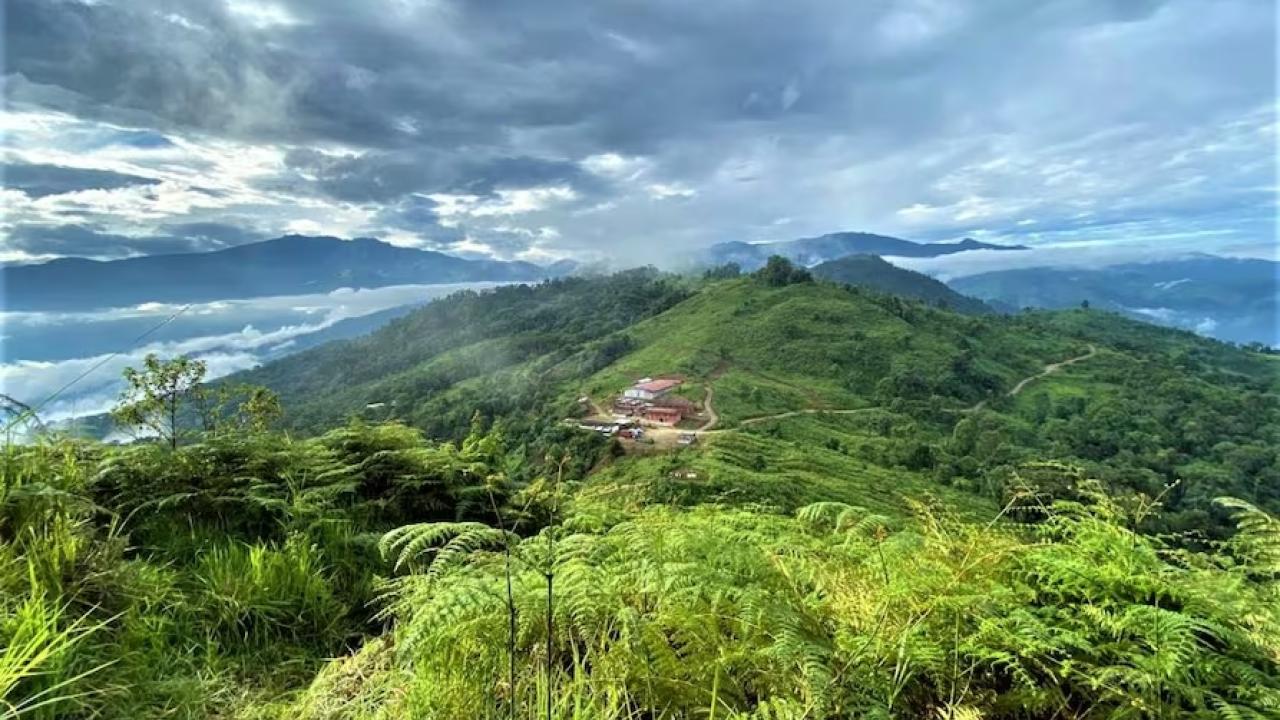
The gold-copper project is being managed by Lumina Gold, which expects to receive the environmental license for construction and operation in early 2026.
One of the milestones that Ecuador's mining industry expects to achieve in 2025 is the signing of the exploitation contract for the Cangrejos project, the largest primary gold deposit in the Andean country, with significant copper reserves, which is located in the province of El Oro.
Negotiations between the Government of Daniel Noboa and the Canadian company Lumina Gold Corp., the concessionaire of the mine, ended in November 2024.
Since then, there is a period of up to six months, according to the law, to comply with certain procedures. According to these times, the contract is expected to be signed by June of this year, said María Eulalia Silva, president of the Ecuadorian Chamber of Mining.
"These are contracts that take many months, sometimes years of negotiation. It's not that easy. We are on time (for the signature). They are practically a little less than US$ 1 billion of investment (for the construction)," said the executive.
Last November, the Deputy Minister of Mining, Rebeca Illescas, indicated that there was no tentative date for the signing of the contract; however, the intention of the Ecuadorian Government was to accelerate the relevant procedures so that the event would occur before the six months contemplated by the law.
According to Lumina Gold, Cangrejos is the 26th largest gold asset in the world. It has a probable reserve of 11.6 million ounces and indicated and inferred resources of 20.5 million ounces. It also has copper reserves of 1.4 billion pounds and a resource of 2.7 billion pounds.
The prefeasibility study was completed in 2023 and concluded that annual production capacity would be around 500,000 ounces per year.
“This means that it is one of perhaps fifteen projects in the world that can produce more than 450,000 ounces per year,” highlighted Diego Benalcázar, senior vice president of Lumina Gold, in November, during his presentation at the 19th Annual Mining Meeting (Enaep 2024).
There he said that the contract for exploitation could be signed in May 2025. Likewise, the feasibility study would be ready by that month.
The project has a 26-year lifespan, during which time investments will amount to $2.1 billion and an estimated $8.8 billion in operating costs will be distributed to employees.
As for job creation, it will start with 1,250 jobs per year, with a constant of 900 positions over the 26 years of useful life of the deposit.
The production cost is estimated at US$671 per ounce, with all costs included. Furthermore, according to Benalcázar, considering the price of the metal at that time, the net value of the project would reach US$4.4 billion.
To ensure sufficient energy supply for the project, Lumina Gold plans to build three hydroelectric plants of 50 megawatts (MW) each, according to information provided by Benalcázar in October.
On January 30, 2025, the company announced that the Ecuadorian Electric Corporation (CELEC) approved the final feasibility designs for the Cangrejos electrical infrastructure.
This includes connection to the national grid for future energy demand, as well as two transformers at the La Avanzada substation dedicated to the project and the 138 kV transmission line.
Regarding the mine feasibility study, the contractor in charge, Ausenco Engineering Canada ULC, has reported 92% progress of the estimated work, which maintains the plan to conclude the report in the second quarter of 2025.
The Canadian mining company says the feasibility study covers:
- Updated estimate of mineral resources, as well as a mine plan and schedule.
- Processes and facility design.
- Location, engineering and infrastructure design of projects.
- Metal marketing study.
- Receiving quotes from suppliers.
- Selection of the main project teams.
Additionally, the company reported that final estimates of operating and capital costs that will support the economic model are currently being developed.
There has also been significant progress in the environmental impact study, which is expected to be submitted to the Government in the middle of this year.
The company aims to receive the license for the construction and operation of the Cangrejos project in early 2026, Lumina said in a statement.









